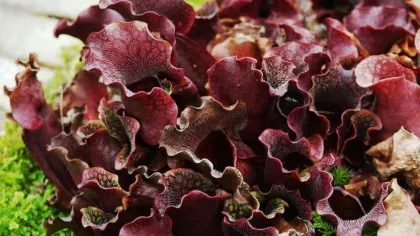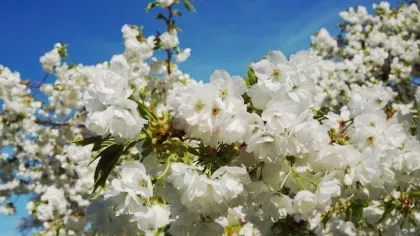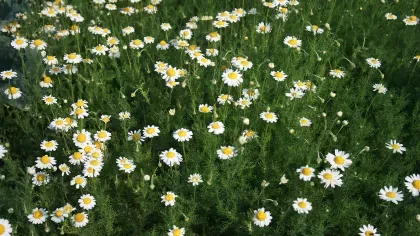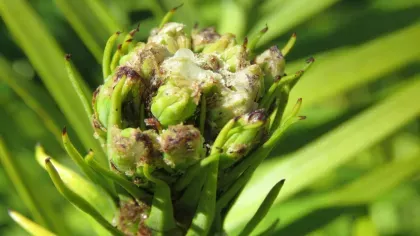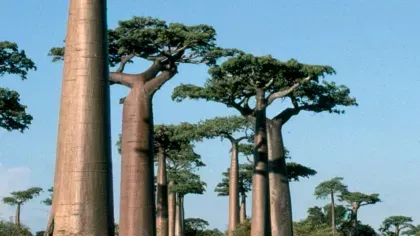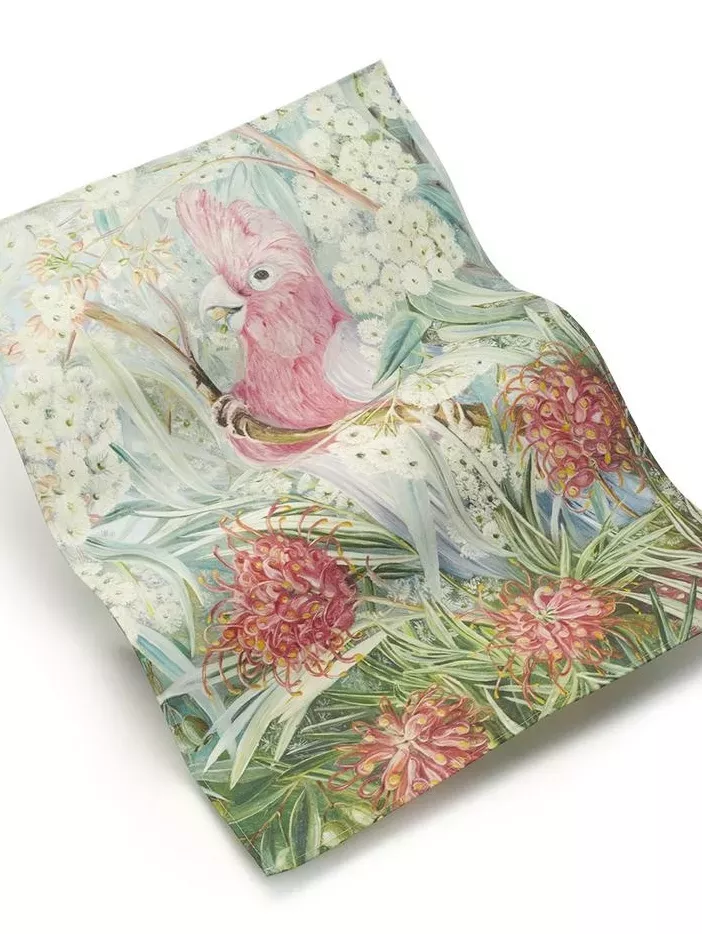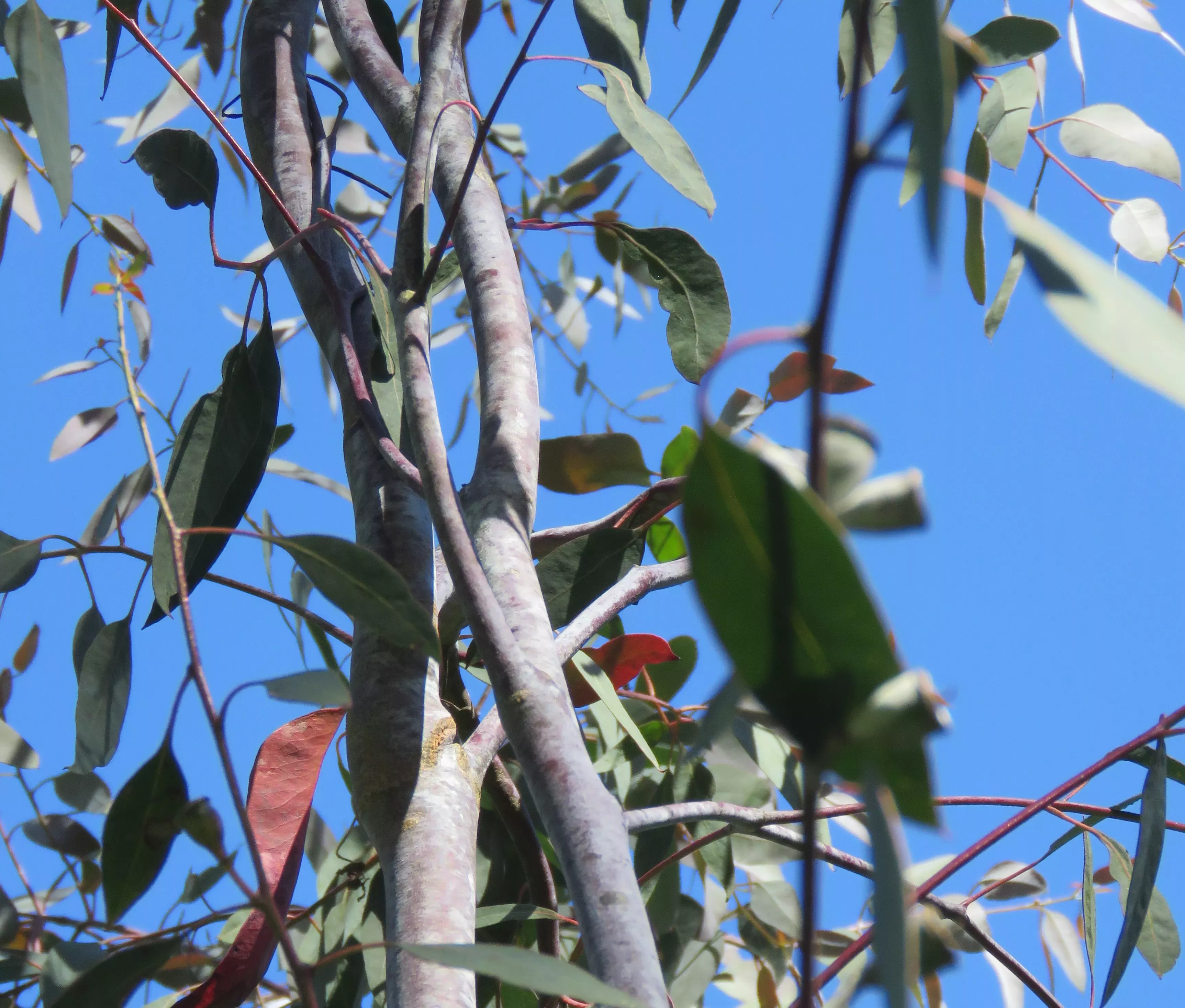
Morrisby’s gum
On this page
Morrisby’s gum is a highly threatened tree from south-eastern Tasmania.
Restricted to just two locations in the wild, near Cremorne and Risdon, this species is at imminent risk of extinction due to land clearing for agriculture and changes in the frequency of fires.
Plant description
Tree with smooth, light grey or pink over cream bark, sometimes with loose pieces of rough bark at the base of the trunk. It has round or lance-shaped, greyish-green leaves; white flowers and cylindrical fruit.
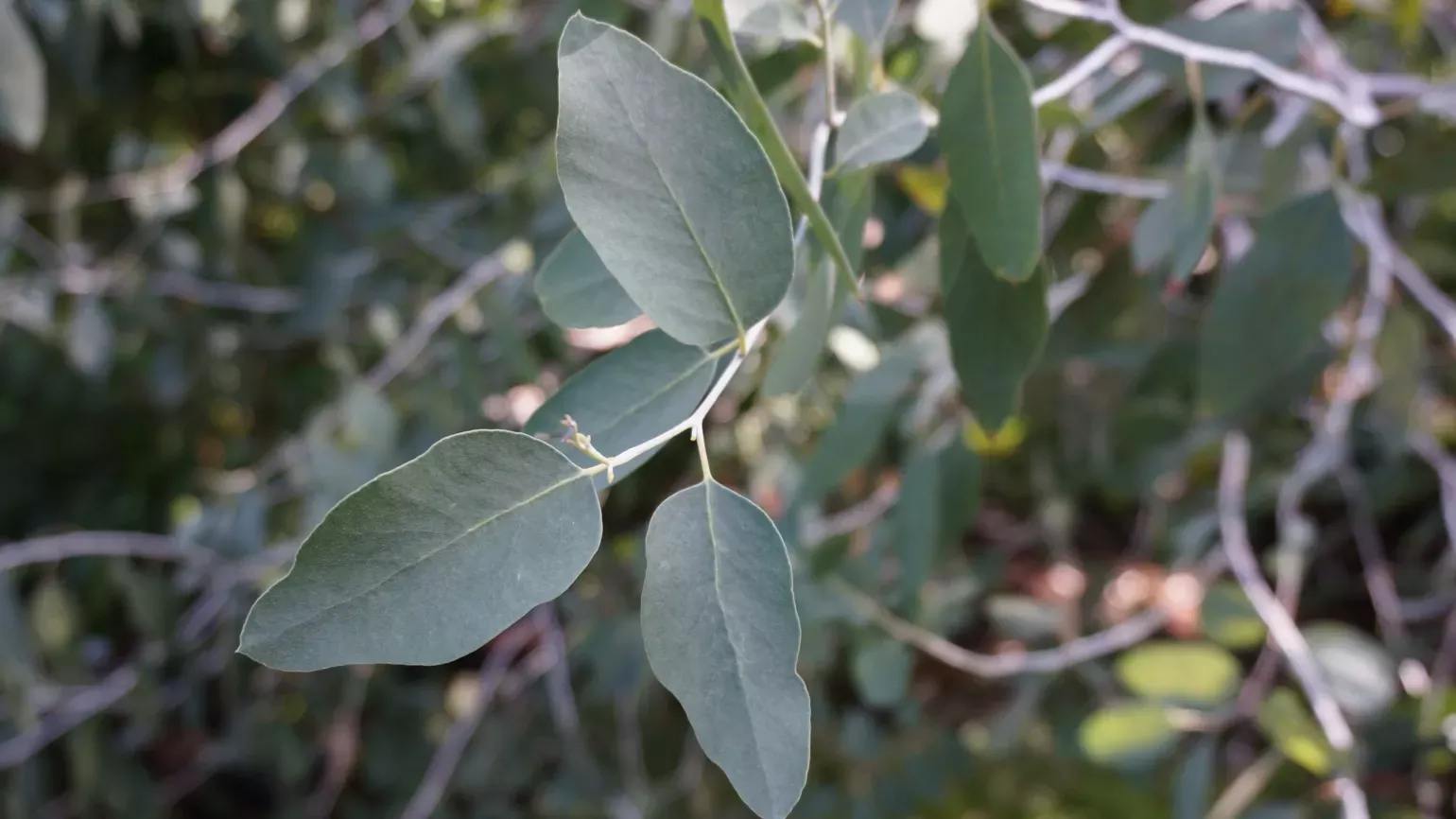

Plant uses
Cultural
Morrisby’s gum is sometimes planted as an ornamental.
Did you know?
Eucalypts have evolved over the past 100 million years and are well adapted to dry, fire-prone climates. They can survive wildfires and burning triggers the release of their seeds for regeneration - but their highly flammable bark and oil can fuel devastating forest fires.
Where in the world?
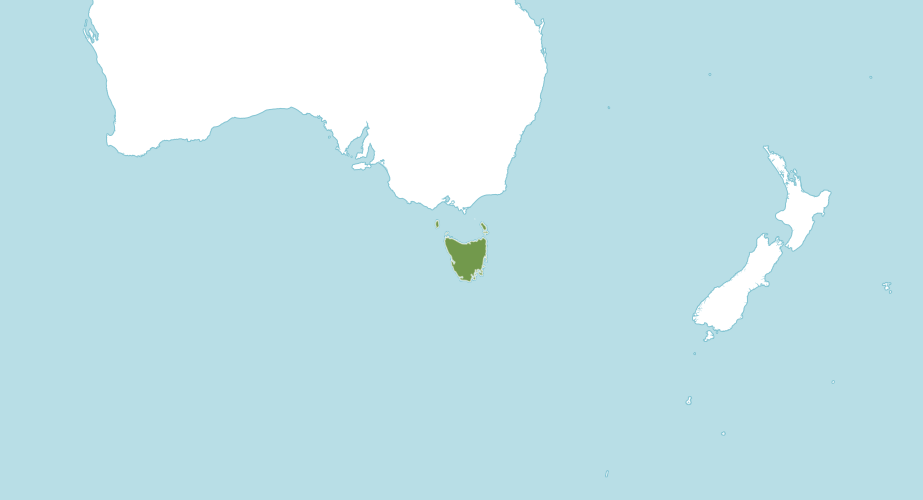
Temperate forests
Find it in our gardens
Kew Gardens
A botanic garden in southwest London with the world’s most diverse living plant collection.
Location
Centre block of the Temperate House
View map of Kew GardensBest time to see
Wakehurst
Kew’s wild botanic garden in Sussex that has over 500 acres of plants from around the world and is home to the Millennium Seed Bank.
Location
View map of WakehurstOur work
We have Morrisby’s gum trees growing in Coates Wood at Wakehurst and the Temperate House at Kew Gardens from seeds collected by our partners at the Tasmanian Wild Seed Bank.
Seeds are stored in our Millennium Seed Bank for long-term conservation of this species.
We aim to collect and bank more seed in the future from our own collections, and new locations in the wild, to protect as much genetic diversity as possible and increase planting in our gardens.

